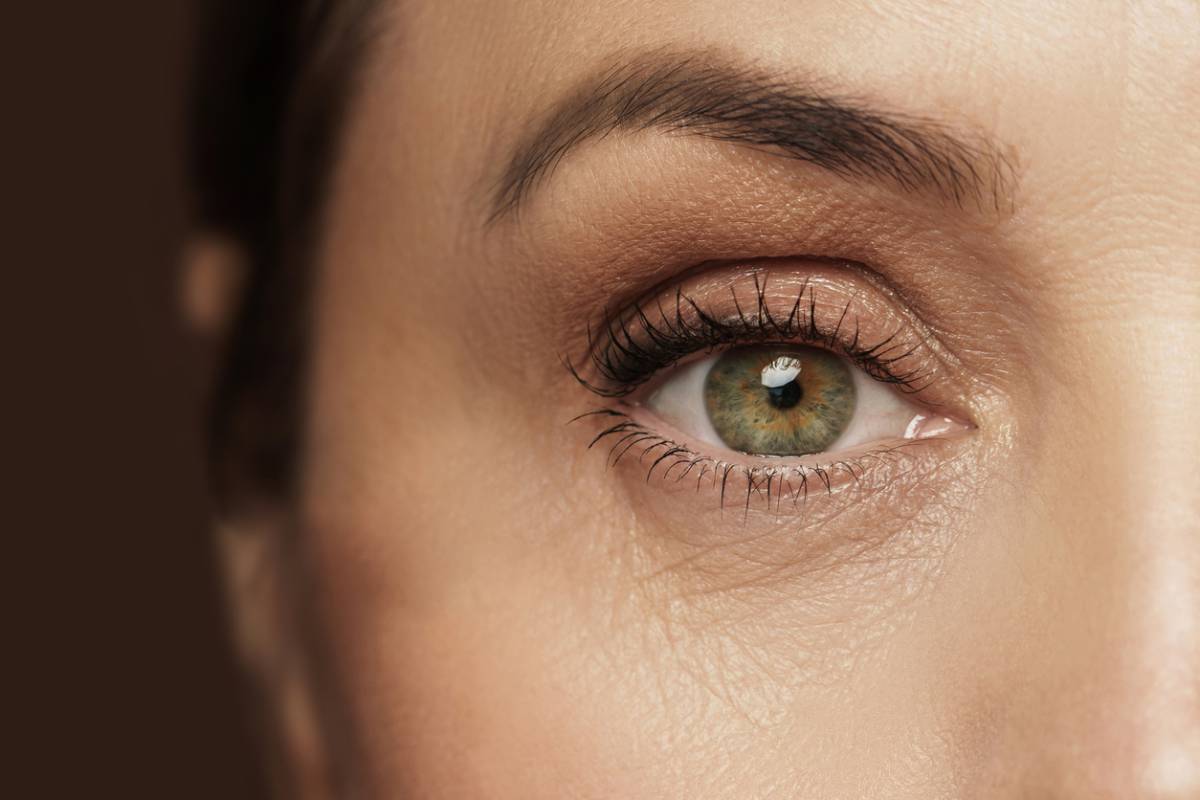Drooping eyelids are caused due to sagging of upper eyelids and the edges of the upper eyelid are lower than they should be. This condition is also known as ptosis. It isn’t usually harmful or serious. However, drooping eyelids can block vision. If that is the case, it should be treated. Later we look at risk factors for droopy eyelids.
Symptoms of Droopy Eyelids:
Here are the symptoms:
- Upper field of vision is blocked
- Completely blocked vision if drooping eyelids cover people’s eye
- Tiredness
- Achiness around the eyes
- Extreme dry or hydrated eyes
- Constantly raised eyebrows
Causes of droopy eyelids:
There could be several causes of droopy eyelids. If you notice them, you may benefit from eyelid surgery in Central Ohio.
Aging:
Most cases of drooping eyelids are due to aging. Over time the upper eyelids may start to sag as the muscles that support them lose their strength. It is very common when people grow older. The skin and tissue around it stretch and get weaker as people age.
Hormone problems:
When the thyroid gland produces low levels of thyroid hormones, it can lead to ptosis. If it happens in children in less than two years, the colored part of the eye usually has a lighter color than the other part.
Illnesses:
In some cases, droopy eyelids are caused by more serious diseases, such as stroke, brain tumor, or cancer of the nerves or muscles. Neurological disorders affect the nerves and muscles of the eyes. Sometimes, a gradual increase in blood sugar damages the nerves in and around the eyes.
Injury:
Trauma or medical disorders can affect eyelids. When it affects one eye, it is called unilateral. When it affects both eyes, it is called bilateral ptosis. It may come and go or might be permanent.
Infection and virus:
Hordeolum is an infection in the upper and lower eyelids. There are three glands around the eyes which could get infected. It can be treated by warm compresses to help drain the infected area.
Risk Factors for Droopy Eyelids:
Aging:
Over time, aging begins to show on our faces, including our eyelids. Our skin and the underlying structure naturally loosen or sag. Sometimes excess skin may start to look wrinkly and, in some cases, negatively impact our vision.
Sex:
Men are more likely than women to suffer eyelid droop as they age. For men, the lower eyelid starts to sag at age 35. Sagging is caused by the increased laxity of eyelid tissues with age.
Skin tone:
Patients with lighter skin tones appear to be at greater risk possibly because of ultraviolet radiation from the sun. UV radiation accelerates the aging process.
Body mass:
In patients with a higher BMI, fat deposits may accumulate under the skin of the eyelids. Over time, the effects of gravity and normal aging cause fat to pull down on the eyelids in general. Therefore, obesity is a potential risk factor for droopy eyelids.
Eye surgery and excessive eye rubbing:
Ptosis is a noted complication after eye surgery that can lead to cosmetic and functional defects. Sometimes excessive eye rubbing or eyelid pulling due to eye irritation can also cause ptosis. Putting on contact lenses can damage the muscles that lift the eyelids.
Medical condition:
Tumors around and behind the eyes, diabetes, horner syndrome, stroke, myasthenia gravis, and swelling in the eyelids can cause droopy eyelids. A drooping eyelid is most often due to weakness of the muscles that raise the eyelids, looseness of the skin, and damage to the nervous system, which controls muscles.
Treatment of droopy eyelids:
Treatment is based on the severity of ptosis. But ptosis surgery in Columbus proves one of the best options for many patients. Treatment of drooping eyelids rarely causes discomfort or health issues. During the procedure, the muscle is tightened so as to lift the eyelid into the desired position. For children who have ptosis, doctors recommend surgery to prevent lazy eyes. Still, Botox injection can stimulate the muscle from the back, the applicant of eye drops, and allow timely check-ups to correct itself in 3 to 4 weeks.
Prevention Tips:
There are a few steps to reduce the risk of drooping eyelids. Prevention for droopy eyelids is best practiced by wearing UV-protected sunglasses. Wearing a wide-brimmed hat to block the sun also helps. Eyelid surgery can correct drooping eyelids by removing excess fat and tissue and making people younger in appearance.


